An exploration into what it means to be a practitioner of Shinto.
Don't wanna be here? Send us removal request.
Text
3 notes
·
View notes
Text
#shinto#shrine#japan#torii gate#japanese culture#torii#shintoshrine#shinto shrine#portland japanese garden#gates of hope#hope#kindness#connecting cultures
2 notes
·
View notes
Text
A torii marks a sacred space, the entrance to a sacred precinct such as a shrine, and a place where one is to be respectful of their surroundings.
More on the Gates of Hope and how they were rescued and returned to their place.
#shinto#torii gate#japanese culture#torii#shintoshrine#shinto shrine#stone torii#iron torii#wooden torii#torii of many colors#red torii#white torii#nhk world#japan#nhk
1 note
·
View note
Text
Leaving coins and other items at a shrine.
There is only one place that is 100% appropriate to leave coins at a Shinto Shrine. And that's in a donation box. Locations where they can be found are typically right in front of the worship hall under the bell.

And in front of small auxiliary shrines.
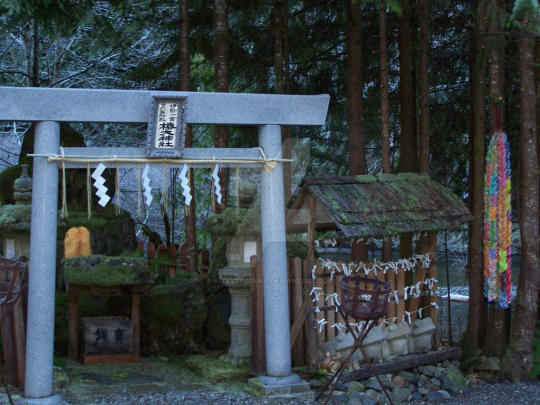
Images are from the Tsubaki Grand Shrine of America.

Now I'm not 100% sure about this one, but giving coins to the Lion dog guardians at the shrine was especially popular during New Year's observances. I can't say I've ever seen any online pictures of people doing this anywhere else. I can say that to the best of my knowledge, none of the visitors ever touched any of the coins that had been left.
People also liked to place little additional offerings at the small Inari Shrine.

The only item here placed by the shrine priest was the water.
Things not to do: Never jam coins into anything. I don't care, they don't belong there. Coins and nails being driven into trees are harmful to the tree. Yes, Pagans love doing this at Pagan sites. Which I find really odd considering the harm it does to the tree. Shinto is not Pagan. Driving coins, nails, or anything else into trees, torii gates or anything at a shrine has some very bad connotations. Don't tie streamers to anything unless there is a designated place for it. Such as where the fortune strips are tied. In short, follow the rules of the shrine, and don't touch anything. It's not yours. Do your best to leave everything as it was before you set foot on the shrine grounds.
Another don't is don't carve your initials or anything else. Don't do anything that can be construed as vandalism. If you are caught, and many shrines have security cameras, you will go to jail. If you want to leave your name behind that badly, pay to have a torii gate put up. The names of donators goes on the back of the torii gate at most shrines.
A person would think that someone who is 65 would know better.
11 notes
·
View notes
Text

Inari shrine
Matsue, Shimane, Japan
53 notes
·
View notes
Text

13 notes
·
View notes
Text






Instagram / X
9 notes
·
View notes
Text
Don't ask me why the narrator pronounces Daruma, Dadama.
1 note
·
View note
Text
Yoshida Shrine's Karosai 火炉祭


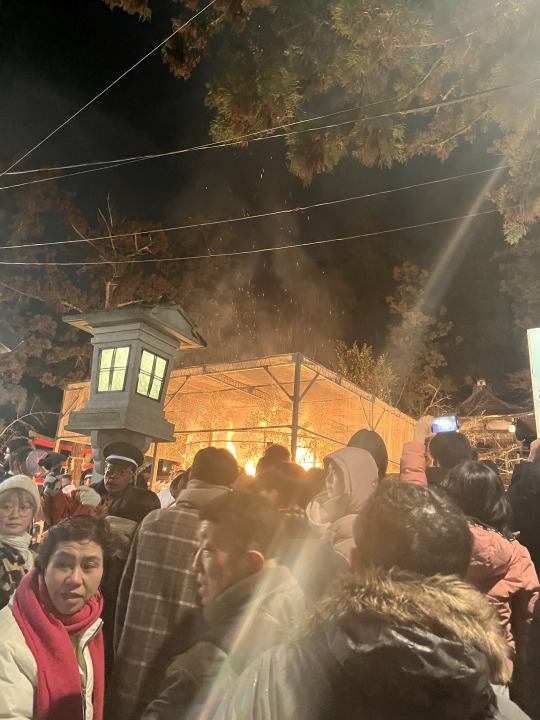
This is held the day after their Setsubun festival! It's a really big bonfire!! Also super crowded.

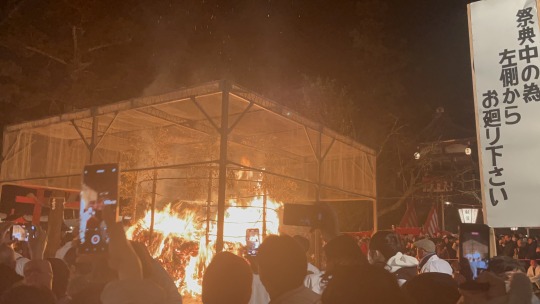


The main structure is built on a bamboo frame, then old shrine items, New Year's decorations, ofuda/omamori etc... are attached to, and piled up inside it. Yoshida Shrine actually has a circular path that visitors travel so they can see the fire from all angles.

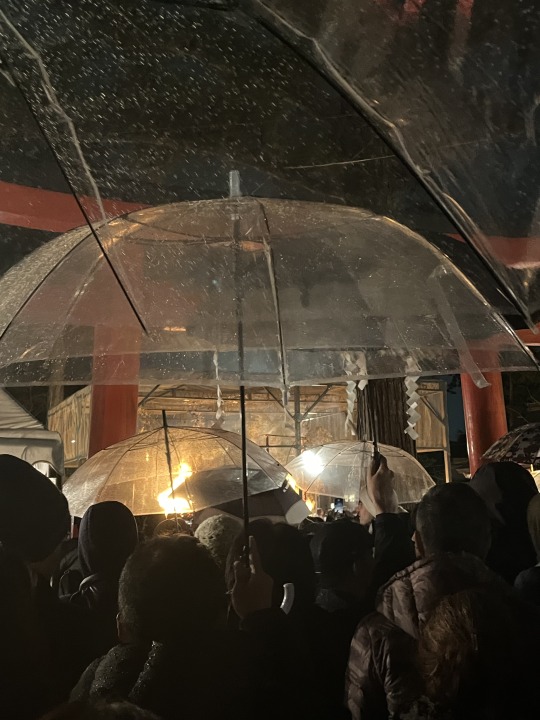
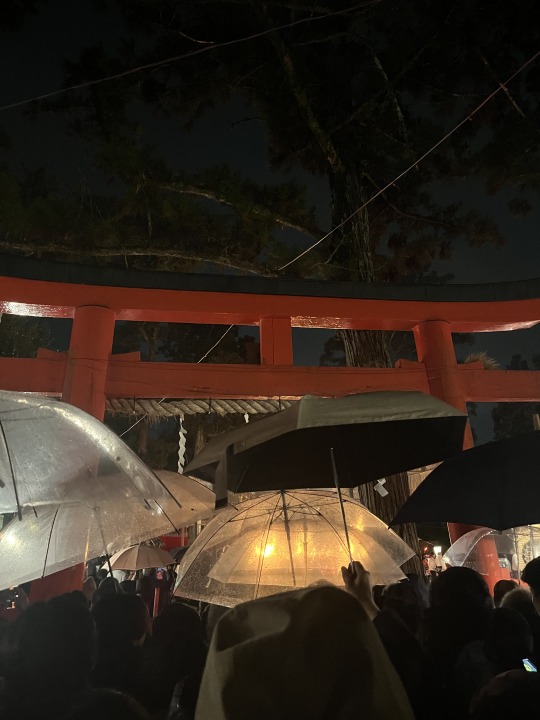
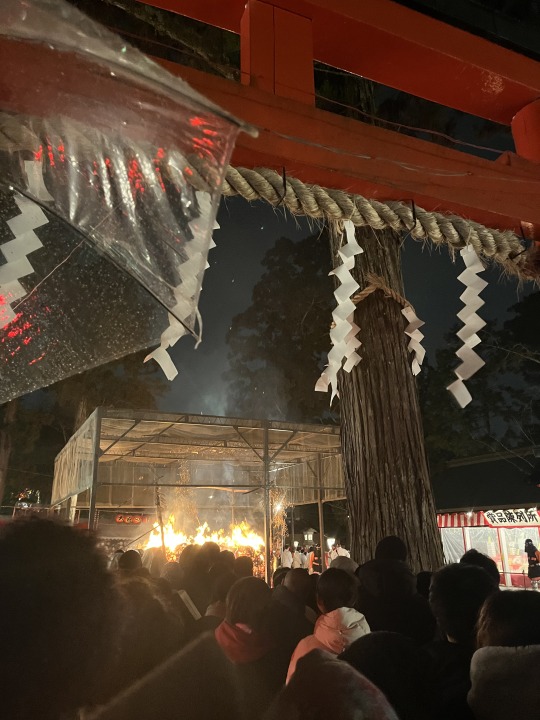
Offerings were left out, for the Kami and prayers for safety while handling the fire presumably. They also had a fire brigade there to make sure things were safe.
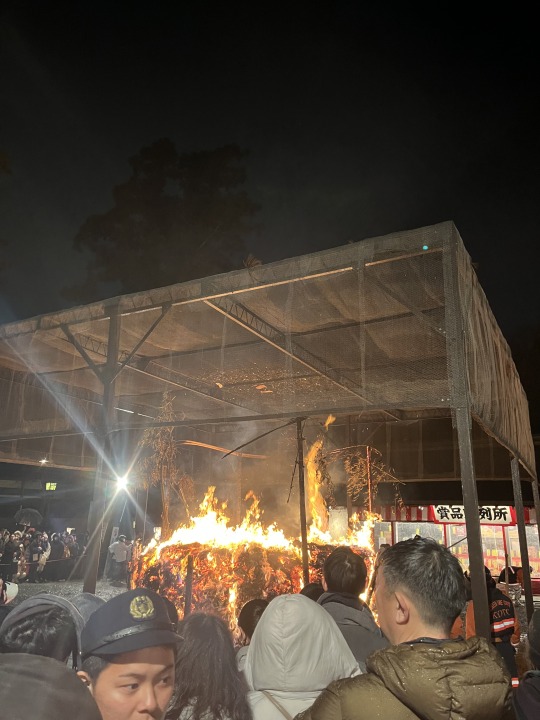


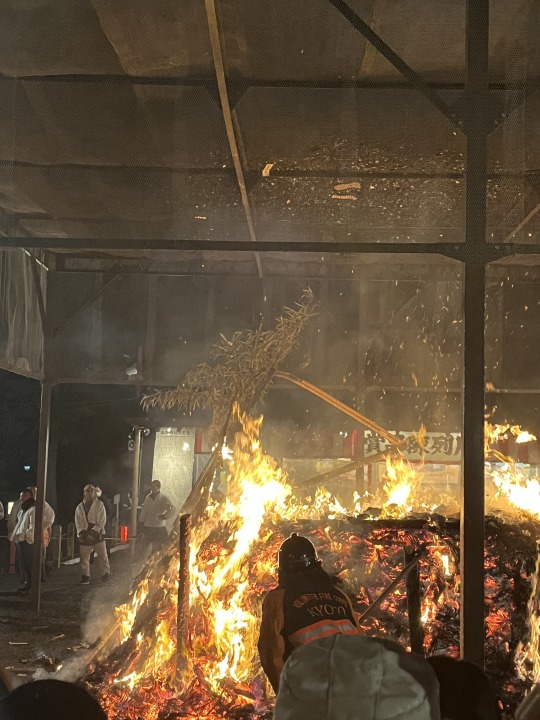

I also compiled my clips into a video
youtube
#Shinto#Yoshida Shrine#Karosai#setsubun#photos#videos#ritual burning of things#bonfire#fire#Youtube#shrine
5 notes
·
View notes
Text
youtube
1 note
·
View note
Text
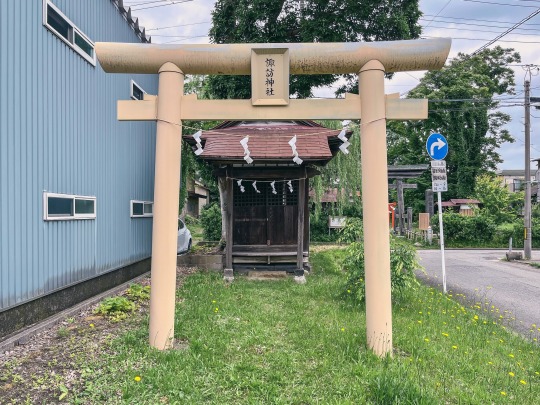


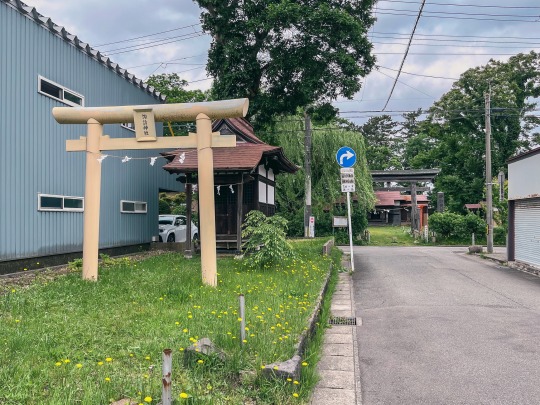
Instagram / X
15 notes
·
View notes
Text

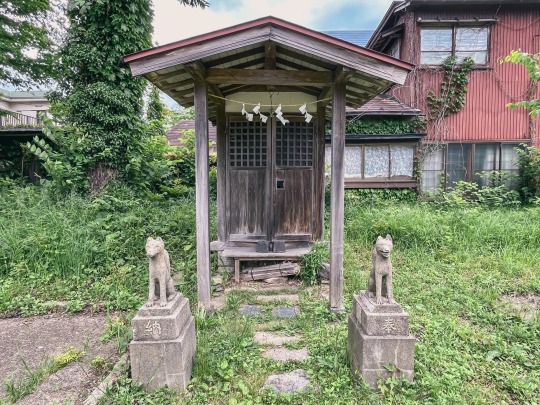


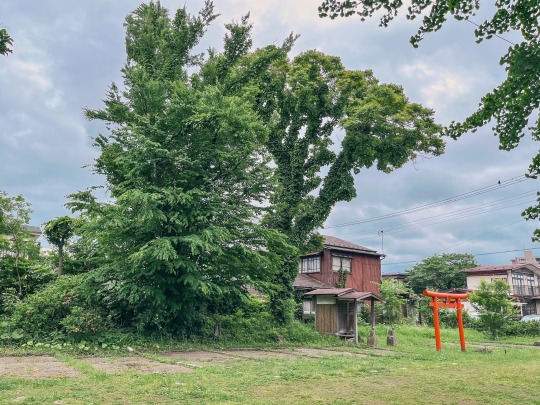
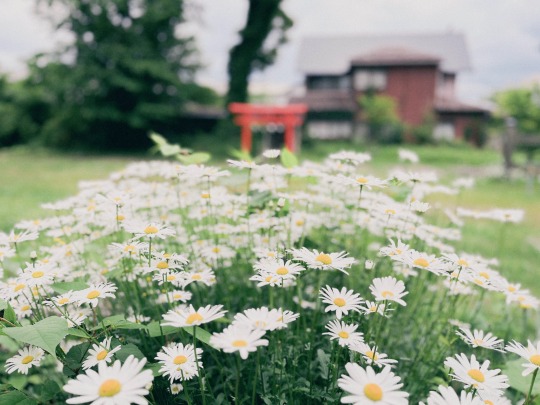
Instagram / X
17 notes
·
View notes
Text
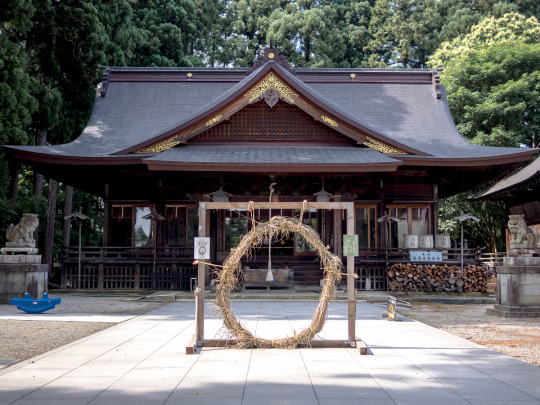
總宮神社 Sohmiya Shrine

50 notes
·
View notes
Text
Konoshimanimasu Amaterumitama Shrine 木嶋坐天照御魂神社
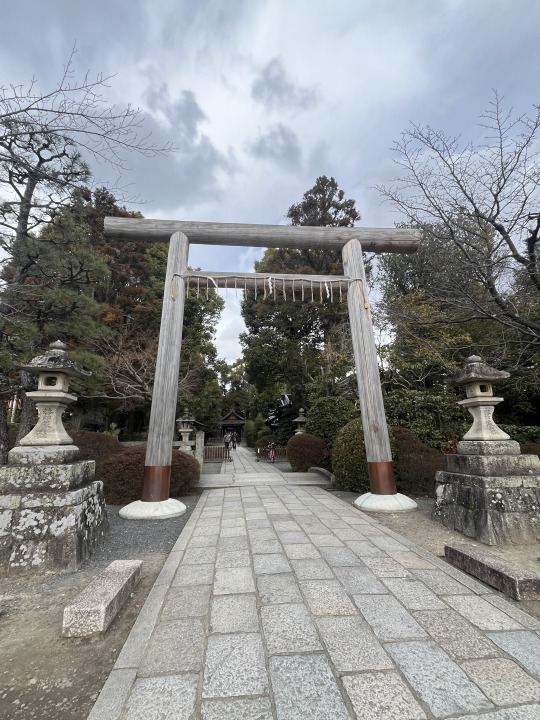
Also known as the Silkworm Shrine 蚕の社, it enshrines Ame no Minakanushi no Kami, Ōkunitama no Kami, Hohodemi no Mikoto, Ugayafukiawsezu no Mikoto, and Ninigi no Mikoto.
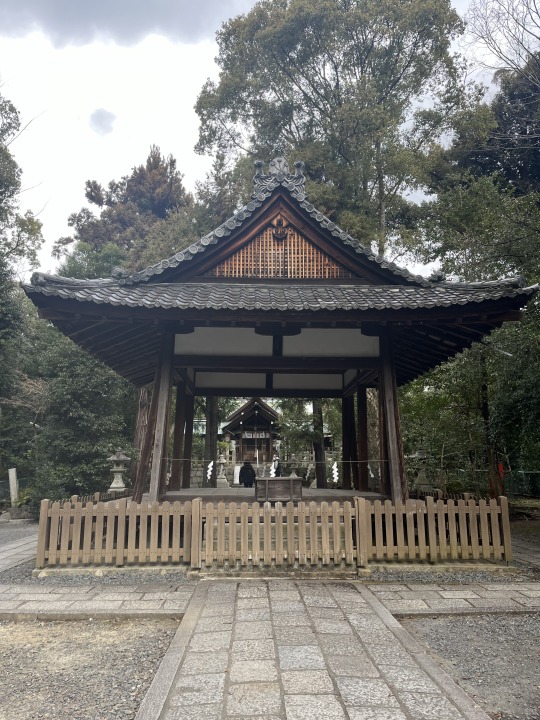
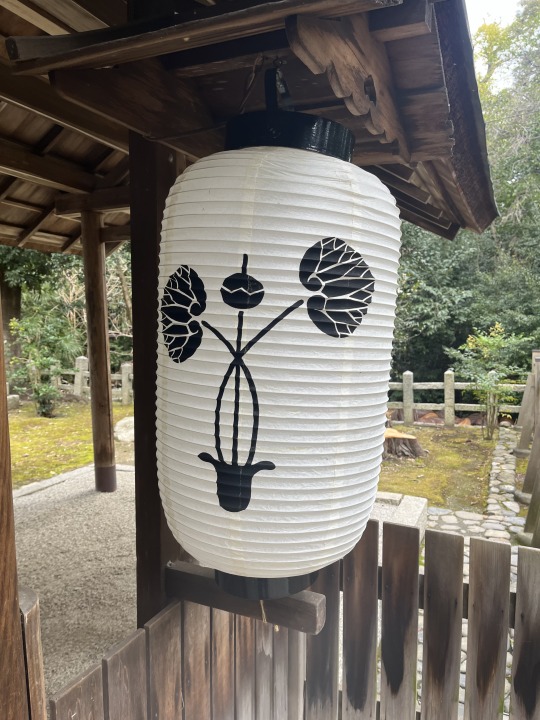
According to the informational sign at the shrine, the Hata clan worshipped the kami of textiles here hence the nickname of Silkworm shrine.

An Inari shrine that is the guardian shrine of the main one, hidden amongst the trees. It was a very peaceful place to walk around.

Finally one of the more interesting features of the shrine is the three pillar torii in the middle of the lake. It's said torii designs like this likely have connections with early Christians representing the universe and the Trinity. But it's not known for certain.
Anyways hope you enjoyed!
6 notes
·
View notes
Text
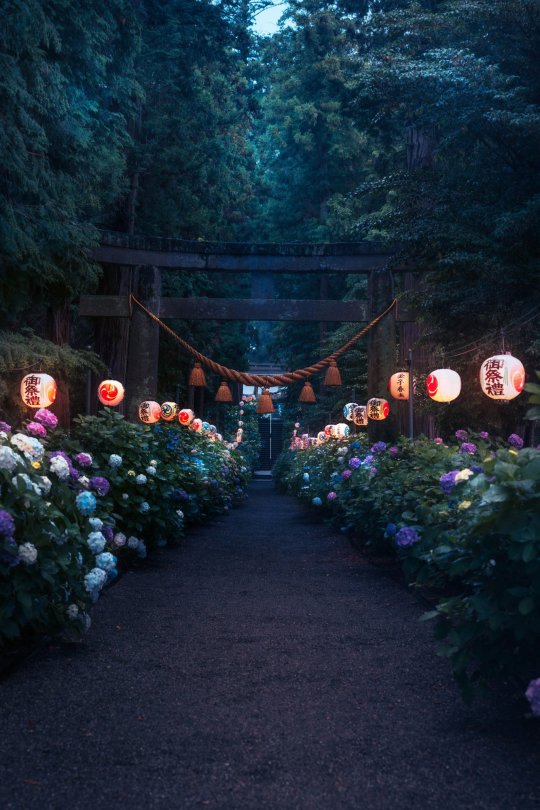
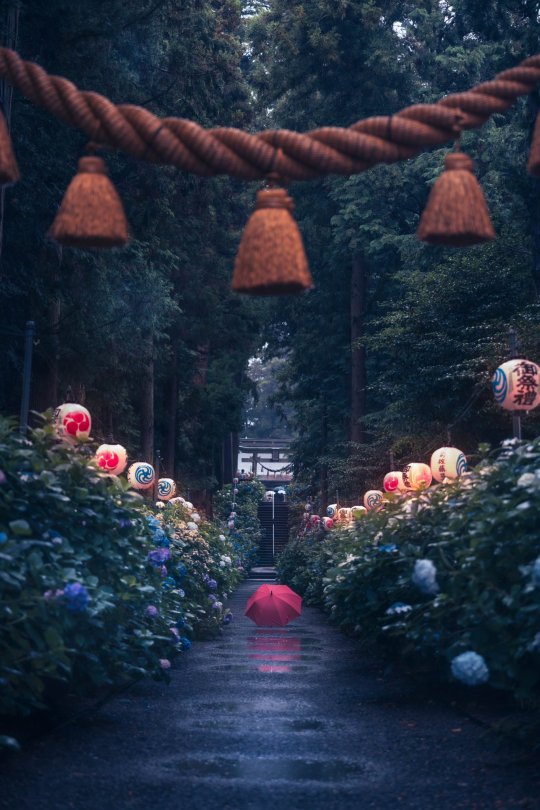

“In a rainy season” by | Pomu Iyashi
Isoyama Shrine, Tochigi, Kanuma, Japan
2K notes
·
View notes
Photo

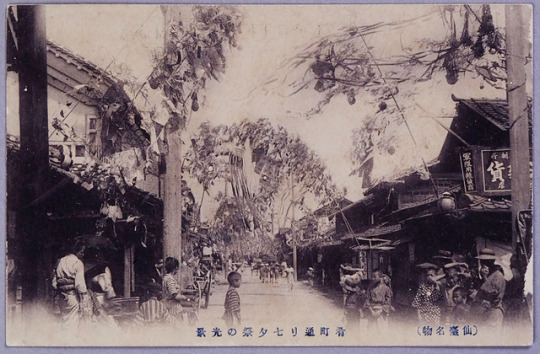
1, 歌川広重「名所江戸百景」より「市中繁栄七夕祭」 2. 戦前絵葉書 仙台名物 肴町通り七夕祭りの光景
326 notes
·
View notes
